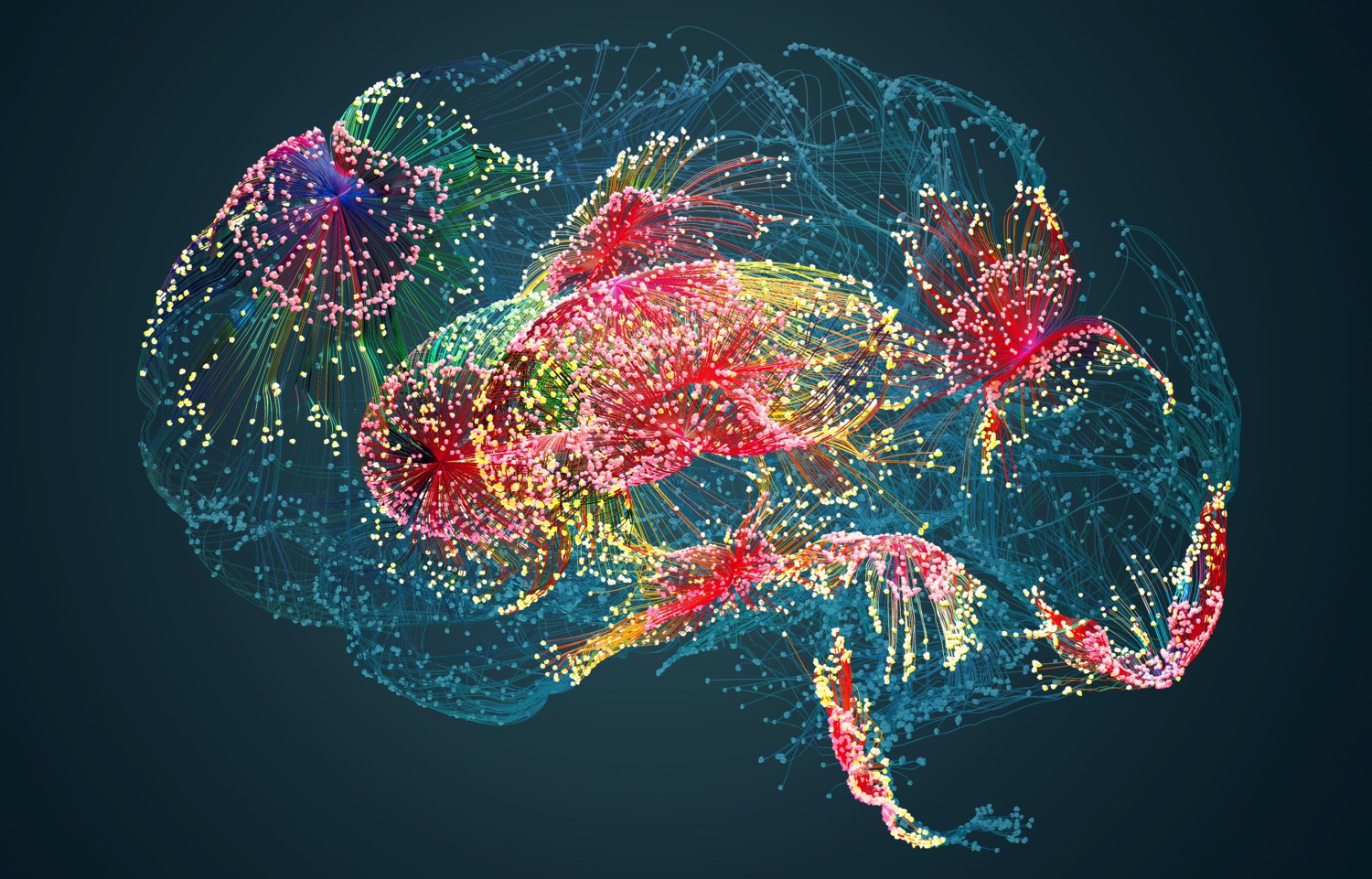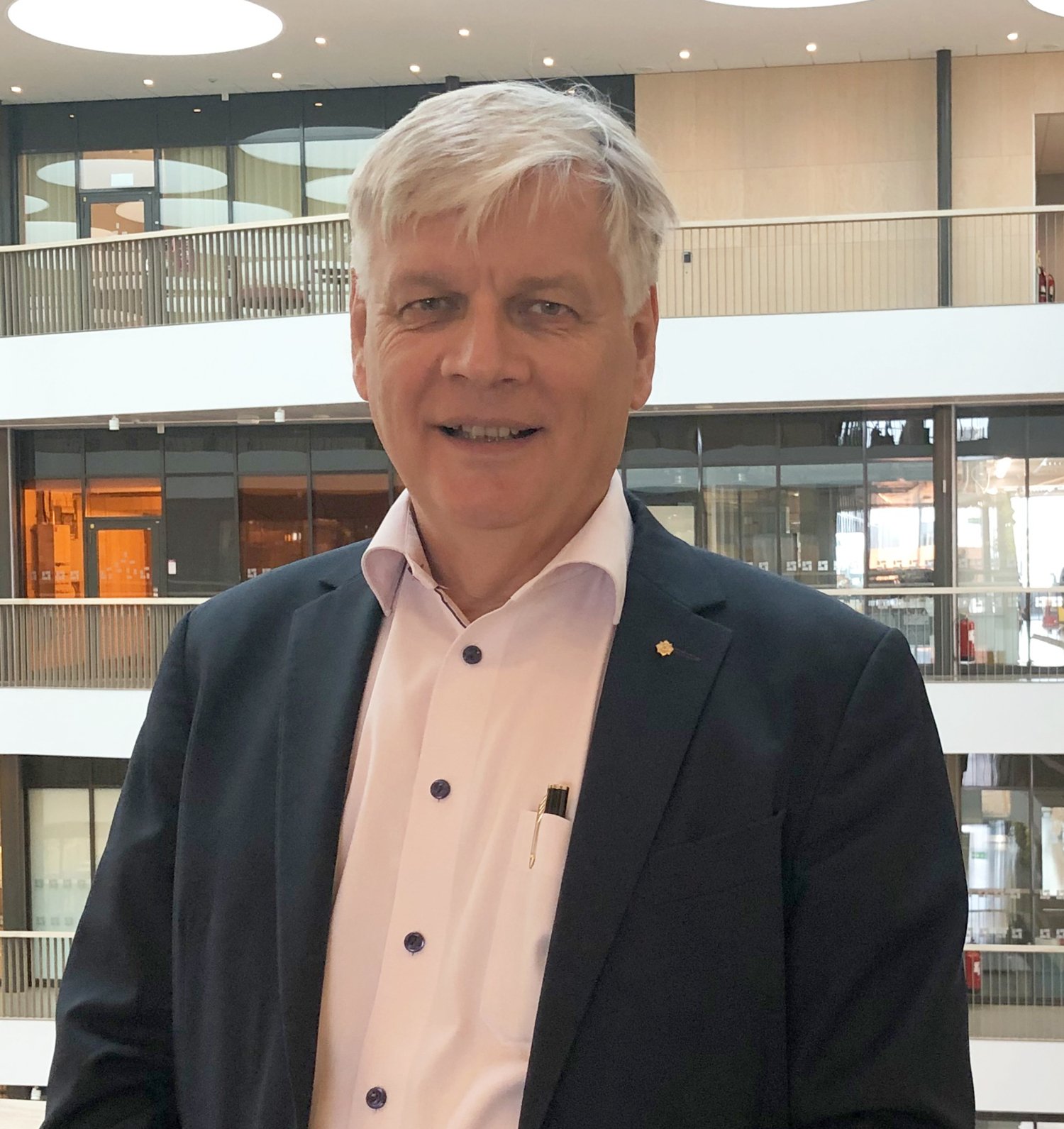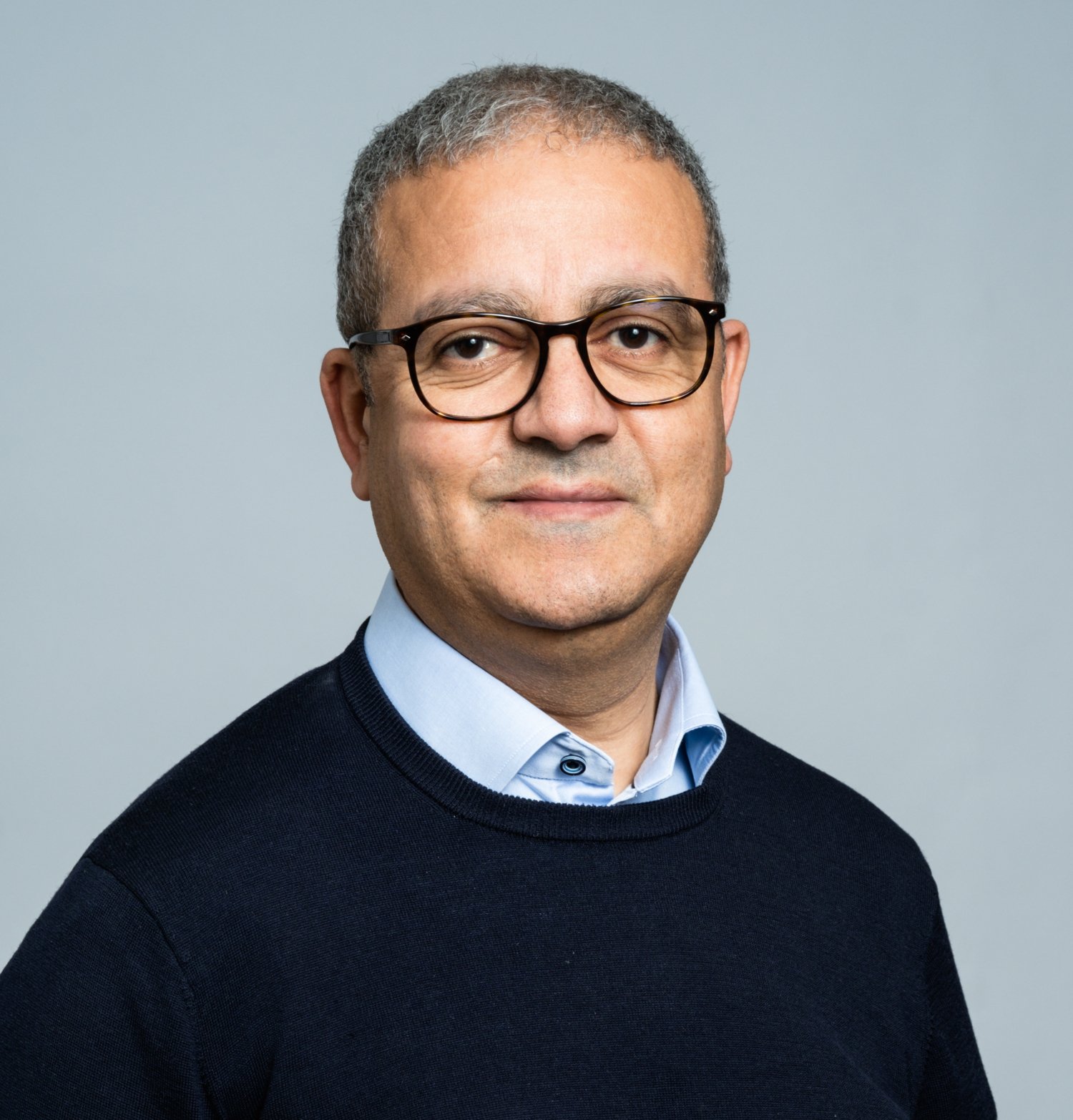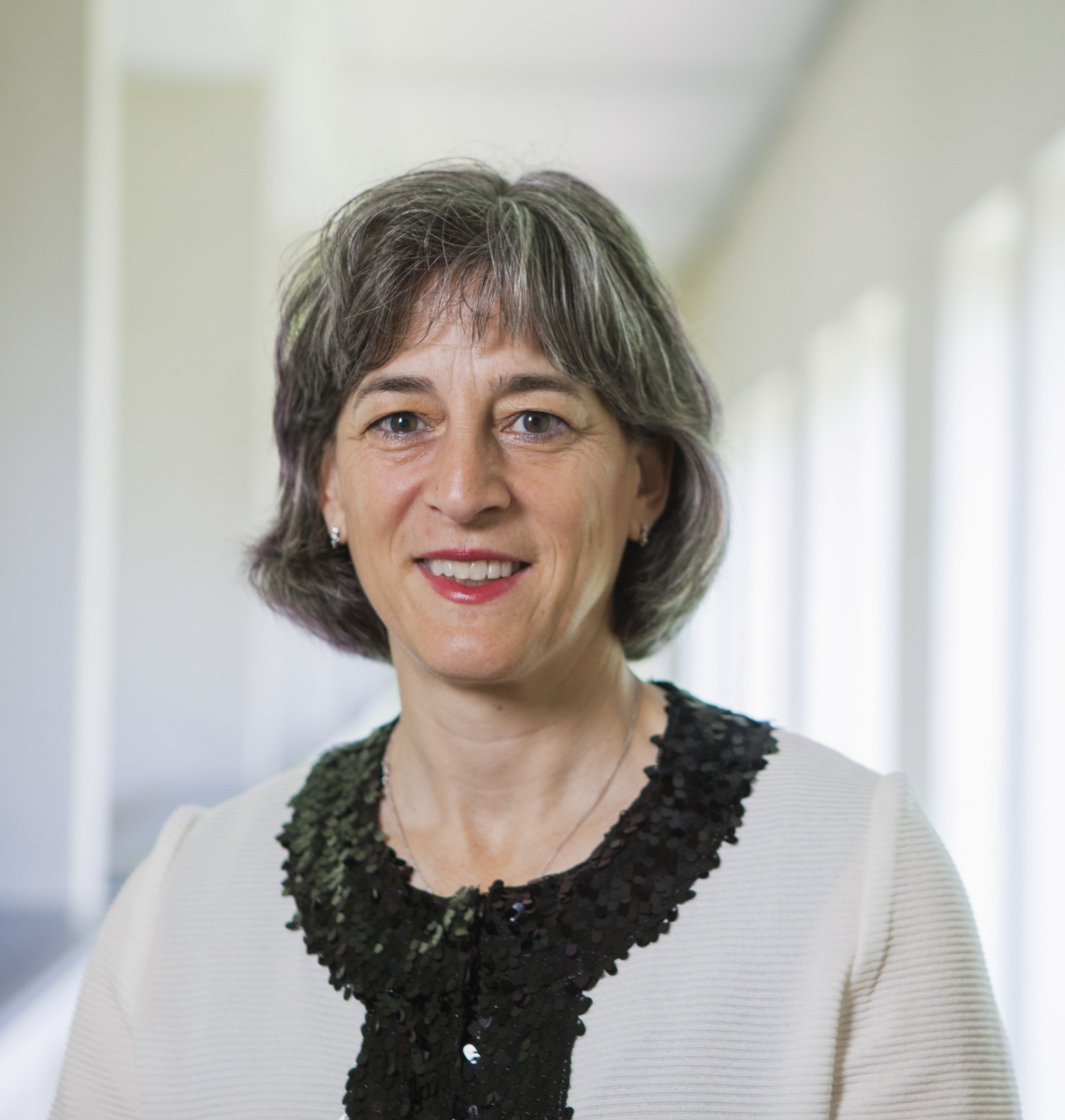Three KI researchers awarded prestigious ERC grant

Three researchers at Karolinska Institutet have been awarded the prestigious ERC Advanced Grant. ERC grants are the preeminent European grants for individual principal investigators. The researchers will each receive EUR 2.5 million over a five-year period.
The ERC Advanced Grants are for established, world-leading principal investigators working towards groundbreaking breakthroughs of the highest scientific quality.
This year, 255 researchers have been awarded the grant, including ten from Swedish universities, three of whom work at Karolinska Institutet.
Very few researchers receive ERC Advanced Grants more than once, but two of them are among this year's recipients at KI.
One of them is Professor Nils-Göran Larsson, who receives the grant for the third time. For Professor Juleen Zierath, this is the second time she has been awarded an ERC Advanced Grant.
The three KI projects
Nils-Göran Larsson, professor at the Department of Medical Biochemistry and Biophysics.
The aim of Professor Larsson’s research is to understand how mutations in mtDNA give rise to hereditary diseases and contribute to age-related diseases and ageing.
The mitochondria – the powerhouses of the cell – contain their own DNA, called mitochondrial DNA (mtDNA). It is inherited exclusively from the mother and often accumulates mutations.
This is the third time you’ve been awarded the grant, which is highly unusual. What does it mean to you?

“I’m very honoured to have received the grant for the third time. The competition is fierce and many projects, despite their quality, don’t get funding. To me, the grant is confirmation that my research is important and of great medical significance.”
What do you hope to have achieved in five years’ time?
“I hope that the discoveries of my research group will produce new therapeutic opportunities for human mitochondrial diseases. These diseases are sadly often serious with symptoms from multiple organs, and fatality rates are high. There is a dire need for new, effective treatments.”
What hurdles does your research face?
“We depend on animal models, so our research is expensive and time-consuming. Recently, there have been important breakthroughs in the development of techniques for tailoring mtDNA mutations in laboratory animals. This makes it easier to create animal models to mimic mitochondrial disease in humans and to study the inheritance of mtDNA,” says Nils-Göran Larsson.
Abdel El Manira, professor at the Department of Neuroscience.
The aim of Professor El Manira’s research is to understand the complex organisation of the brainstem and how it controls the speed and direction of vertebrate locomotion.
Animals need to move with a high degree of flexibility in order to survive, which requires precise and rapid changes of both speed and direction.
This flexibility is dependent upon the brain’s ability to select suitable motor programmes by activating the neuronal networks in the spinal cord that control movement and locomotion.
What do you hope to have achieved in five years’ time?

“One of the questions that interests me and my group is how the brain translates intentions into motor actions. Our ambition is to understand the entire chain of command, from the processing of motor commands in the brainstem to their execution in the spinal circuits that govern the full spectrum of bodily movements and their flexibility.”
What does the grant mean to you and your research?
“The grant gives us more freedom to follow our curiosity and explore risky lines of research– while implementing advanced technologies. We will probably make mistakes along the way but must learn from them, too. We hope to eventually gain insights that will challenge established dogmas,” says Abdel El Manira.
Juleen Zierath, professor at the Department of Molecular Medicine and Surgery and the Department of Physiology and Pharmacology.
The aim of Professor Zierath’s project is to reveal the mechanisms behind the interaction between the circadian rhythm, diet and exercise and metabolism and how these factors are influenced in type 2 diabetes.
Disorders of the body’s internal clock increase the risk of metabolic diseases like type 2 diabetes. Synchronizing diet and exercise to the molecular circadian clock may maximize the health benefits on metabolism.
What is the possible outcome of your research?

“I believe that it has huge potential for new findings on therapeutic and preventative interventions for type 2 diabetes, which has now reached global epidemic levels. There are currently no pharmaceutical therapeutic strategies targeted specifically at insulin resistance. While diet and exercise are part of the first-line treatment of people with type 2 diabetes, the conversion that takes place at a molecular level is still unknown.”
What does the grant mean to you and your research?
“My aim is to translate the research into practice. This is the second time I have received an ERC Advanced Grant. Our work will be done at Karolinska Institutet and University of Copenhagen, so this grant will make it possible for the teams at both institutions to work with complicated issues of potential clinical relevance to people living with type 2 diabetes,” says Juleen Zierath.
ERC Advanced Grant
The ERC Advanced Grant is awarded by the European Research Council. 255 applicants out of 1,829 received a grant this year, making an approval rate of under 14 per cent.
